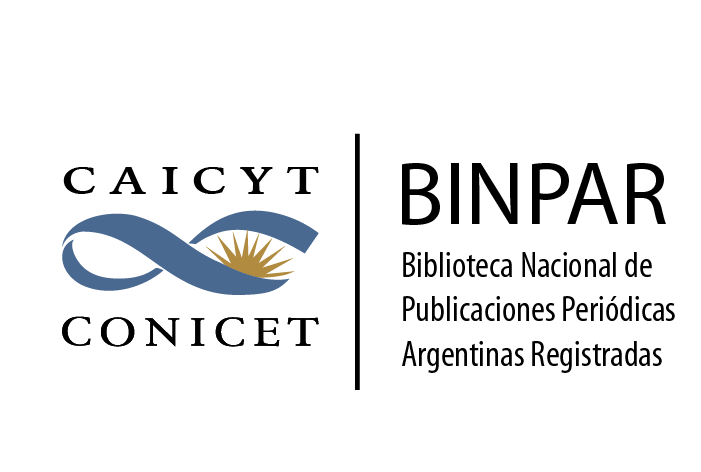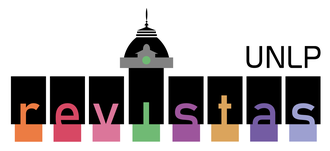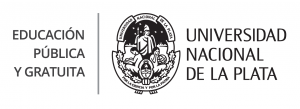Optimization of forest management strategies using clustering method and mathematical programming: A case study in Misiones, Argentina
Palabras clave:
Forestry Planning, Generalized Disjunctive Programming, Clustering MethodResumen
In this study, a novel decision-making approach is proposed for the forest management planning process. Even in small-scale cases of study, the relationship between the dataset size and the complexity of mathematical optimization models (in terms of constraints and variables) is factorial, resulting in exponential increases in computational complexity. Thus, while acknowledging large size and realistic data is crucial to account for reasonable conclusions, it is also a challenge itself. Hence, a procedure is proposed to approach this strategic problem.
First, random data is generated to assume an ongoing forest inventory. Second, data is processed applying three successive grouping steps to enhance the utilization of large datasets. Within this stage, clustering techniques are applied using the Scikit-learn library for a large group of stands with several characteristics. Last, a mathematical framework is presented, rooted in Generalized Disjunctive Programming (GDP) and reformulated as a Mixed Integer Linear Programming (MILP) model, to address optimal forest management strategy to maximize the net present value (NPV). The MILP model is implemented in Pyomo library in Python and solved using GAMS-CPlex. The feasibility of the proposed model is assessed using data obtained from the Desarrollo Foresto Industrial web page of the Secretaría de Agricultura, Ganadería y Pesca (Ministerio de Economía de la República Argentina). Computational analysis demonstrates the versatility of the framework as a decision-making tool, highlighting its ability to generate diverse and viable solutions for forest management.
Descargas
Descargas
Publicado
Número
Sección
Licencia
Derechos de autor 2024 María Emilia Dussel, Frank Piedra-Jimenez, Juan M. Novas, María Analía Rodríguez

Esta obra está bajo una licencia internacional Creative Commons Atribución-NoComercial-CompartirIgual 4.0.
Acorde a estos términos, el material se puede compartir (copiar y redistribuir en cualquier medio o formato) y adaptar (remezclar, transformar y crear a partir del material otra obra), siempre que a) se cite la autoría y la fuente original de su publicación (revista y URL de la obra), b) no se use para fines comerciales y c) se mantengan los mismos términos de la licencia.

















